PANTHER: the study of high-energy volcanic eruptions from their marine record.
| Project Acronym &Title: PANTHER – PANTelleria High-Energy events from marine studies Area: Sicilian Channel in the Mediterranean Research Vessel: RV Minerva Uno, CNR (Italy) Project coordinator: Dr. Sara Benetti, Ulster University (UK) Other project partners: University of Bologna (Italy); University College Dublin (Ireland); University of Limerick (Ireland); Royal Holloway University London (UK); Utrecht University (The Netherlands); CNR-ISMAR; CNR-IGAG (Italy); Andalusian Institute of Earth Sciences (Spain). Date: 6-11 August 2016 |
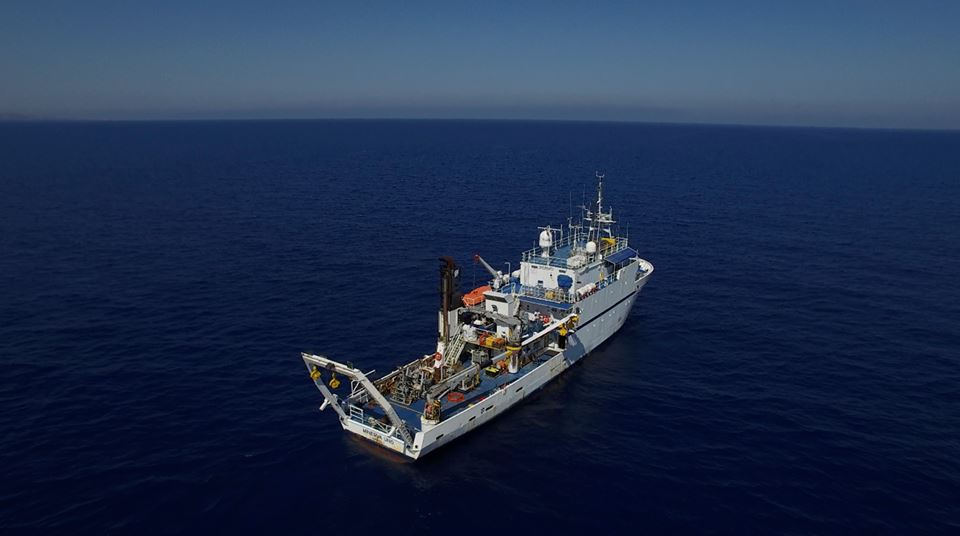 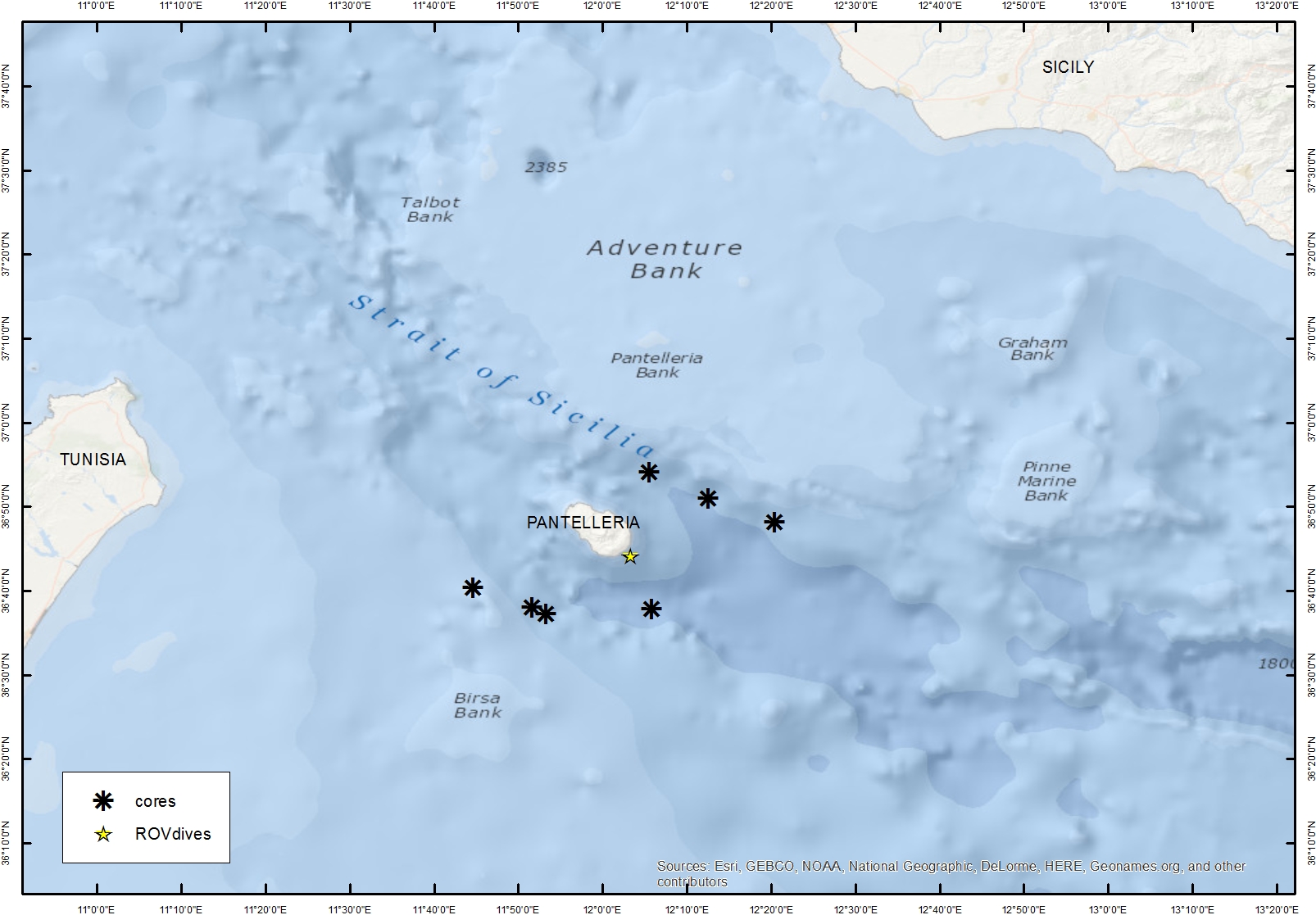 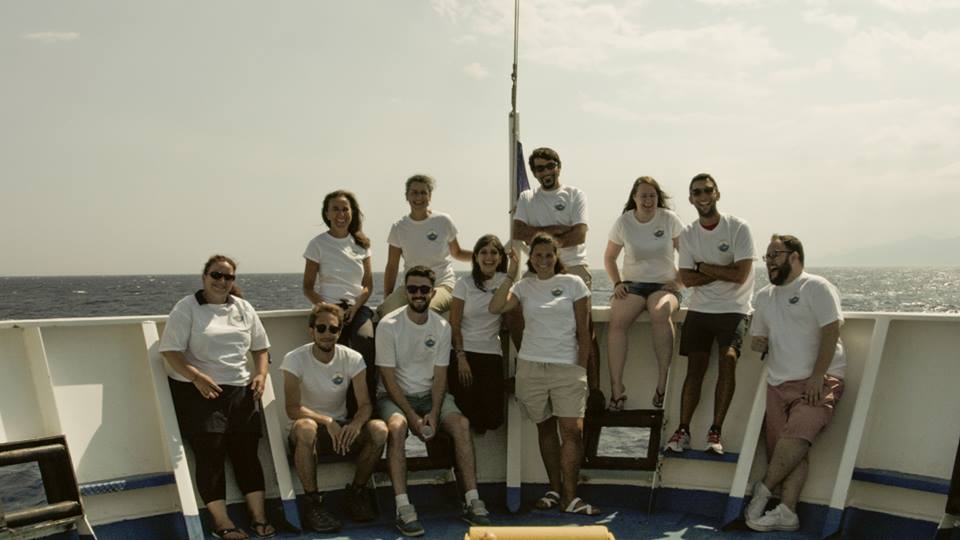 |
| Sara Benetti, Ulster University, Northern Ireland “PANTHER has brought together scientists from the UK, Ireland, Italy, Spain and the Netherlands to reconstruct the effect of past large volcanic eruptions on the seafloor around the island of Pantelleria. From the initial development of the research idea, it was a great opportunity to forge new working relationships and strengthen old ones. The cruise itself gave the opportunity to several PhD, MSc and undergraduate students to gain experience in marine research. Some of them had never been at sea before. We had a slow start due to high winds and swell, but once underway, everyone pitched in, even outside their working shift, to make sure we achieved as much as possible in the short time available. We acquired over 400 km of bathymetric and sub-bottom data and 34 m of sediment in 7 cores. These data will be used to investigate volcanic deposits below the seafloor. The post-cruise meeting in Ireland in December 2016 will give the onshore team the opportunity to see and discuss the data collected and for the entire team to move this research forward. Overall PANTHER gave us the chance to create a new network of scientists with complementing expertise and to open up possibilities for future collaborations. ” |
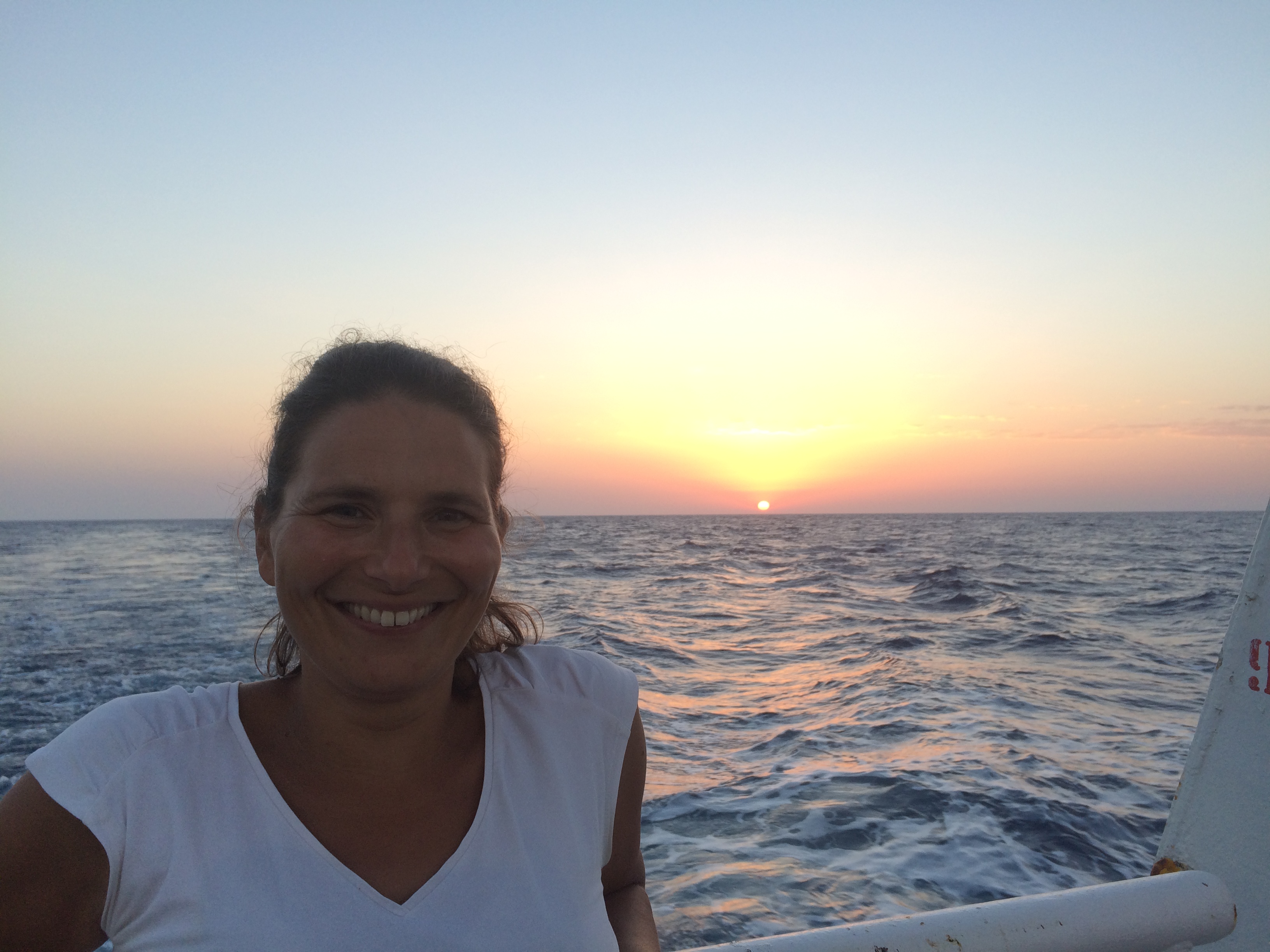 |
Main Objectives
The main aim of the project is to reconstruct the impacts of large high-energy eruptive events from Pantelleria volcano, as recorded in the seafloor surrounding the island. The Island of Pantelleria is the top of a large active composite Quaternary volcano, rising above sea level from a depth of -1300 m. It is indeed below sea level for 72% of its areal extension. It has been active for the last 320 ka and characterized by mainly explosive eruptions, some of which of large-magnitude. The most recent eruption at Pantelleria was submarine and occurred in the1891, about 5 km offshore the NW coast. The potential hazards of this active volcano (from the explosive events themselves to their capability of generating submarine mass flows and tsunamis) must be better investigated for their possible impacts on humans and marine life. A lot about the volcano’s history and related hazards can be learnt by exploring its submarine and offshore parts.
PANTHER main aim is therefore to study the submerged portions of the volcanic island using geophysical data (i.e. multibeam bathymetry and seismic) and seafloor samples, in particular sediment cores. These data will help us (i) to better link the submarine morphology of the volcanic edifice with the known subaerial volcanic history; (ii) to enhance our knowledge of the eruptive history of Pantelleria, especially for the older activity, not fully documented on the island, and (iii) to assess/update the volume estimates of major high-energy events, which cannot be achieved by mapping of the subaerial deposits only. Further and complementary objectives of the project include geological, oceanographic and paleoenvironmental reconstructions of the processes occurring over time at the seafloor.
Work progress and main achievements
|
The activities onboard consisted in the surveying and sampling of deep-water areas surrounding the volcanic edifice of the island of Pantelleria. Due to the limited time available to the research cruise and to the difficulties caused by weather and sea conditions, we focused on coring and geophysical surveying in areas to the East and South-East of the island. The choice of sampling sites in locations relatively distal to the volcanic source should, in fact, allow a better conservation potential for volcanic products related to explosive eruptions. |
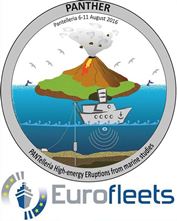 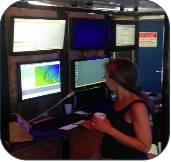 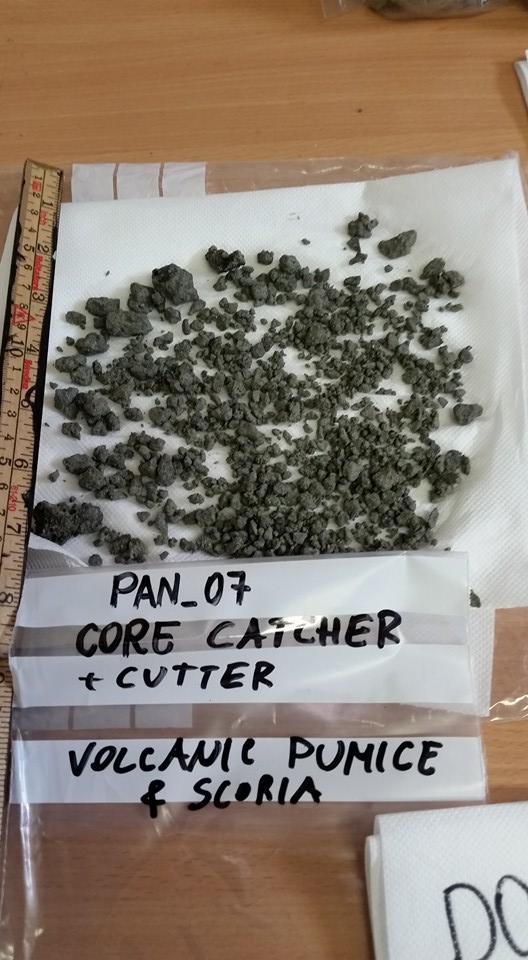 |
For more information:
